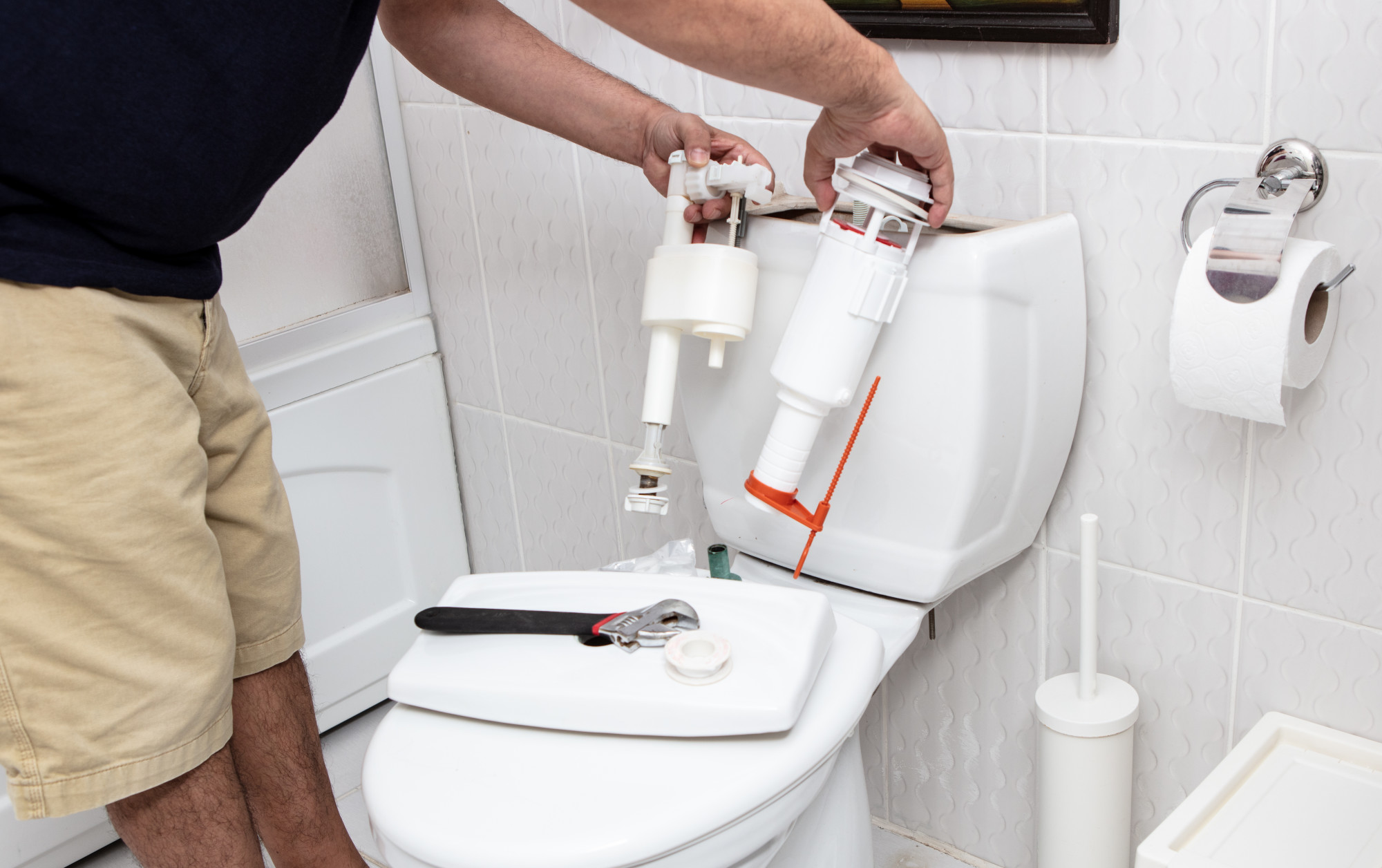Common Bathroom Floor Problems Around the Toilet

The area around the toilet is a prime spot for bathroom floor problems. This is because the toilet is a frequent source of water, and it can be difficult to prevent spills and leaks. Over time, these issues can lead to damage to the floor, requiring repairs.
Causes of Bathroom Floor Problems Around the Toilet
Several factors can contribute to bathroom floor problems around the toilet. Understanding these causes can help you prevent future damage.
- Water Damage: Water spills, leaks from the toilet tank or supply lines, and even condensation from hot showers can seep into the floor, causing damage. Water can weaken subfloors, warp wood, and lead to mold growth.
- Improper Installation: Incorrect installation of the toilet or flooring can create vulnerabilities. This includes using inadequate sealant around the toilet base, improper tile grouting, and failing to ensure proper drainage.
- Wear and Tear: Constant foot traffic, heavy furniture, and the general use of the bathroom can contribute to wear and tear on the floor. This can manifest as cracked tiles, loose grout, and damaged subfloors.
Examples of Common Bathroom Floor Problems
Here are some specific examples of problems that can occur around the toilet:
- Cracked Tiles: Water damage can cause tiles to crack or chip, especially if they are not properly sealed. This can lead to leaks and further damage to the subfloor.
- Loose Grout: The grout between tiles can become loose or cracked due to water damage, wear and tear, or improper installation. This can allow water to seep into the subfloor, leading to mold growth and structural damage.
- Water Stains: Water stains on the floor can indicate leaks or spills that have been ignored. These stains can be difficult to remove and can signal more serious underlying problems.
- Warped Subfloors: Water damage can cause the subfloor to warp, leading to unevenness in the floor and potentially making the toilet unstable.
Assessing the Damage: Bathroom Floor Repair Around Toilet

Before diving into the repair process, it’s crucial to assess the extent of the damage to your bathroom floor around the toilet. This step helps determine the best course of action and ensures you have the right materials and tools for the job.
A thorough assessment helps you understand the severity of the problem and guides you in making informed decisions about repair or replacement.
Identifying the Affected Area
The first step is to identify the exact area affected by the damage. This involves visually inspecting the floor around the toilet and noting the size and shape of the damaged area.
- Is the damage localized to a small area, or does it extend further?
- Does the damage follow a specific pattern, such as a crack or a larger area of broken tiles?
- Are there any visible signs of water damage, such as discoloration or warping?
Determining the Depth of the Damage
Once you’ve identified the affected area, it’s important to determine the depth of the damage. This involves probing the affected area with a small tool, such as a screwdriver or a small hammer.
- Does the damage extend beyond the surface layer of the floor?
- Is the subfloor damaged, or is the damage confined to the top layer?
- Is there any evidence of rot or decay in the subfloor?
Assessing the Condition of the Surrounding Floor
Finally, assess the condition of the surrounding floor. This is important to determine if the damage is isolated or if it’s a sign of a larger problem.
- Are there any other cracks or signs of damage in the surrounding floor?
- Is the floor level, or are there any dips or uneven areas?
- Is the surrounding floor showing signs of wear and tear, such as loose tiles or grout?
Decision-Making Flowchart, Bathroom floor repair around toilet
The following flowchart provides a simple guide for homeowners to make informed decisions about repair or replacement:
- Is the damage localized to a small area?
- Is the damage confined to the top layer of the floor?
- Is the subfloor intact and not showing signs of rot or decay?
- If YES to all above, proceed with repair.
- If NO to any of the above, consider replacement.
